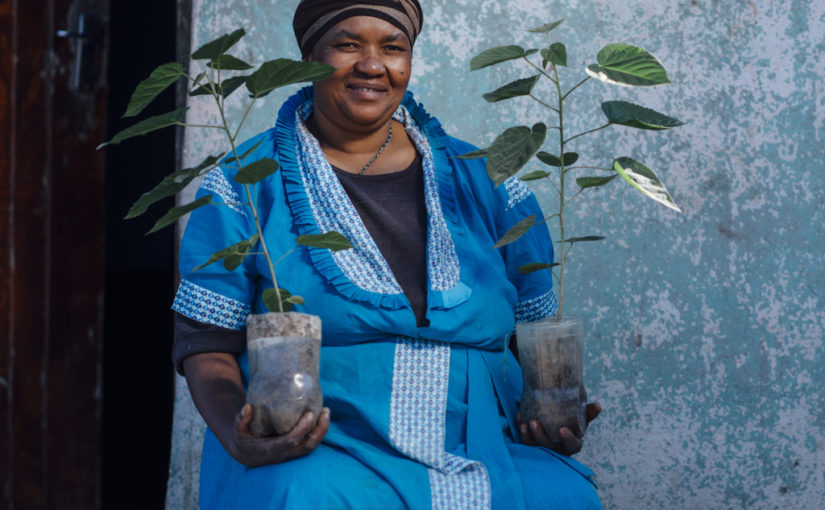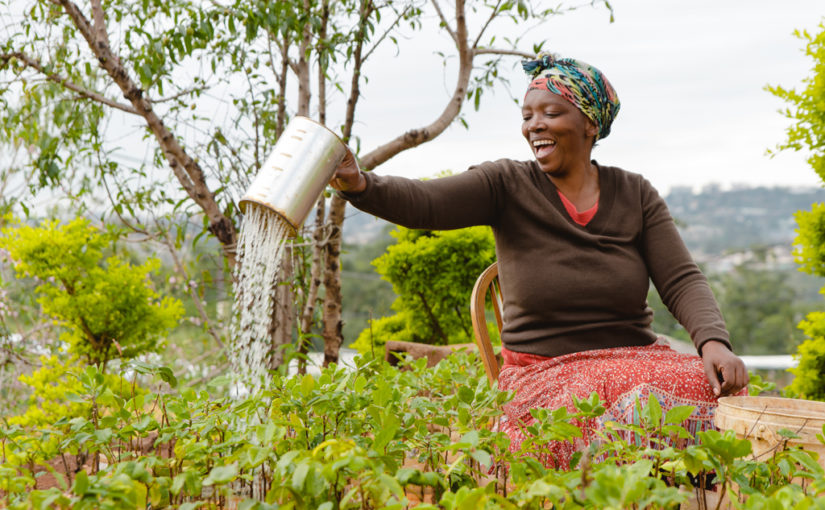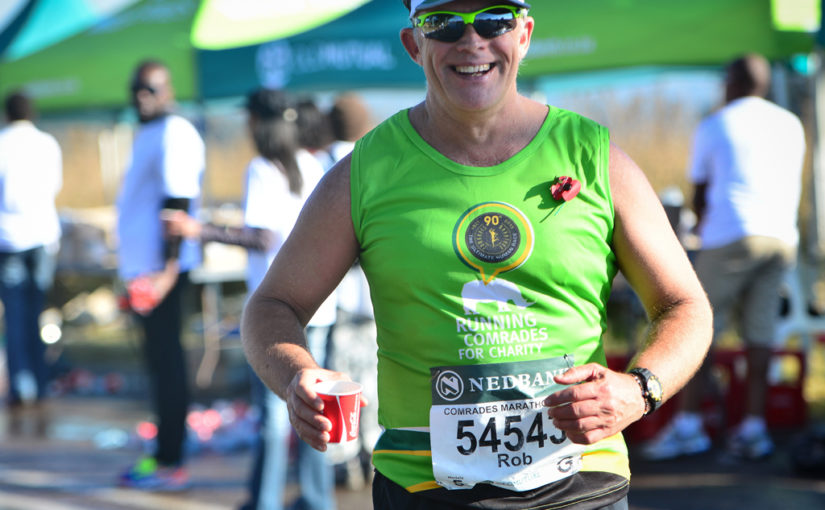Trophy hunting associations in Africa and elsewhere have always claimed to be vehemently opposed to canned hunting – the practice of shooting captive-bred animals – yet you only have to analyse the latest CITES statistics on the import and export of lion trophies for South Africa and it becomes impossible to take their assertions seriously. From a total of 1 172 trophy hunting permits for lions issued in 2008–09, 707 were for captivebred animals. Moreover, 406 of these were allocated to US hunters, suggesting that the Americans are, by a long way, still the major supporters of canned hunting.
To understand the full picture, though, we need to go back to 1994, when records were first kept. Thirty-one hunting permits were issued that year; 12 years later the number had risen to 403, a staggering 1 300 per cent. Another two years on, in 2008, an additional 304 lions were hunted, representing a 75 per cent increase over the 2006 figure.
The trend clearly shows that the trophy hunting industry is ineffective at policing itself, and in the absence of legislation canned hunting will continue to flourish. In the first place, this is an industry that generates large amounts of money – and principles and ethics will not be allowed to get in the way of that. Secondly, any attempt to curb demand for this form of hunting, although sensible, is not likely to get off the ground. To do so would be to snub the dominant American market as well as Safari Club International, which is the primary marketing and sales house for trophy hunting worldwide – and that smacks of biting the hand that feeds you. Given this state of affairs, we can only hope that the South African courts will turn down the appeal lodged by predator breeders, who are trying to overturn the pending legislation that is aimed at curtailing their activities.
When it comes to wild lions, the picture is just as revealing. The statistics tell us that 465 permits were issued for 2008– 09 and again the Americans, with 351 trophies, topped the list. Crucially, these figures relate only to international trophy hunting; they do not reflect illegal killings or domestic off-take in African countries.
Nevertheless, they refute another claim made in hunting circles, namely that canned hunting relieves hunting pressure on wild populations. But this is not the case: statistics clearly show that wild lions, too, are being hunted in increasing numbers.
The 1994 number of permits issued for shooting wild lions – 128 – had risen to 284 by 2006, and 465 by 2008.
Remember that this killing is condoned – even sanctioned – on conservation grounds in order that wild lions may flourish. So what has happened to the general population over the same period?
According to the 2008 assessments in the IUCN Red List of Threatened Species, the news is not good. They maintain that for lions ‘a species population reduction of approximately 30 per cent is suspected over the past two decades’. More importantly, a number of population studies concur that lion populations in protected areas (where hunting does not occur) have been stable, whereas those outside protected areas (where hunting does take place) have decreased. The assessments also mention that ‘a group exercise led by WCS and the IUCN/SSC Cat Specialist Group estimated that 42 per cent of major lion populations are declining’.
Moreover, in a recent study by a number of predator specialists, one of the conclusions is that ‘sport hunting is an inherently risky strategy for controlling predators as carnivore populations’. The study’s findings also note that harvest data indicate that African countries with the highest levels of trophy hunting have seen the steepest population declines in lions over the past 25 years.
Again, the point is clear: the muchpunted benefits of trophy hunting that are supposed to allow wild lions to thrive simply aren’t working. And this undermines the validity of the hunting community’s favourite tagline: ‘if it pays, it stays’. I suggest that we adapt it to something more appropriate – like, ‘if it stays, it pays’.






